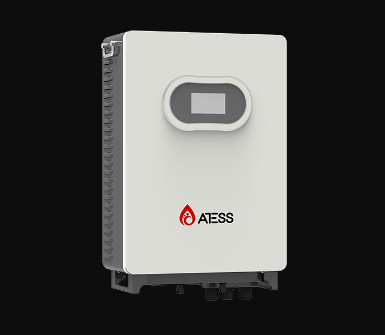Advanced energy solutions are transforming how businesses manage power consumption and storage. Atess is a prominent provider of advanced energy solutions, specializing in innovative battery technologies and systems designed to optimize energy management. The company’s battery energy storage system (BESS) offers reliable solutions for various applications, including renewable integration and peak shaving. This article delves into the essential components involved in designing a battery energy storage system.
Designing a Battery Energy Storage System
When designing a battery energy storage system, it’s crucial to define the specific application and goals. Users need to determine required features such as backup duration, peak shaving, energy arbitrage, and renewable integration. Additionally, analyzing the load profile allows businesses to understand their energy (kWh) and power (kW) requirements over time. These initial steps lay the foundation for an effective battery energy storage system.
Selecting the appropriate battery technology is another critical consideration. Factors such as cost, cycle life, energy density, power density, and safety must be evaluated. Lithium Iron Phosphate (LFP) batteries are often favored for stationary storage due to their reliability and safety characteristics. Once the battery type is chosen, sizing the system becomes paramount, focusing on energy capacity (kWh) and power rating (kW) to meet usage demands efficiently.
Integration and Safety Compliance
Integrating a battery energy storage system requires careful attention to the power conversion system (PCS), which includes selecting compatible hybrid or battery inverters. Designing the balance of plant components—like electrical cabling, thermal management, and fire suppression systems—ensures optimal operation. Additionally, robust controls and software, including a Battery Management System (BMS) and Energy Management System (EMS), facilitate enhanced monitoring and control strategies.
Ensuring safety and compliance with local electrical codes, fire safety standards, and environmental regulations is the final step in creating a reliable battery energy storage system.
Conclusion
The Atess battery energy storage system provides a comprehensive solution for businesses seeking efficient energy management. By understanding the design process, including application definition, technology selection, and safety considerations, users can effectively harness the capabilities of this energy storage technology. As industries increasingly turn to sustainable energy sources, the Atess battery energy storage system stands out as a vital component in advancing energy resilience and efficiency.

